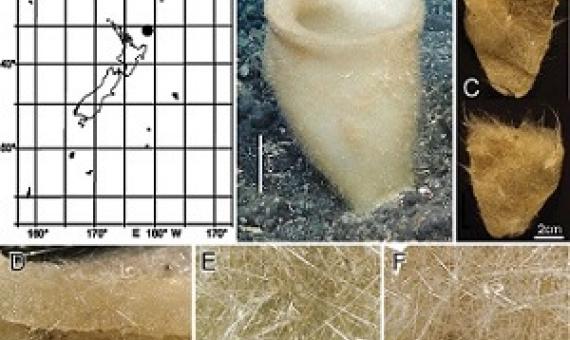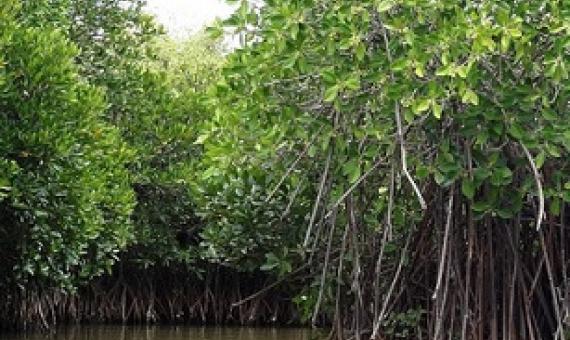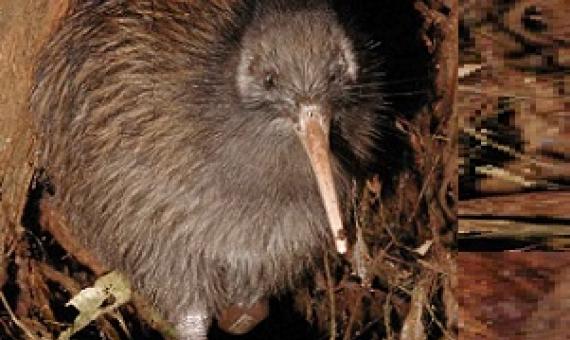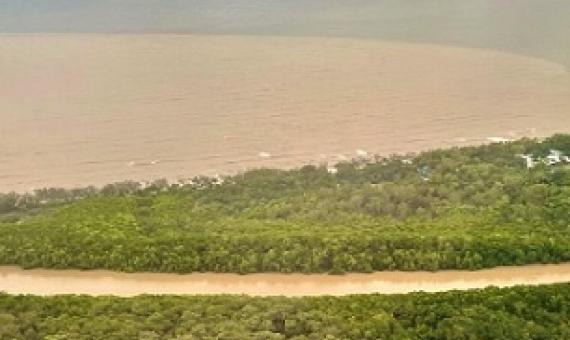Ecosystems on Earth's land surface support multiple functions and services that are critical for society...Climate and environmental changes, as well as anthropogenic impacts, are continuously threatening the provision of these functions.
Using Samoan traditional ecological knowledge to identify calls of the critically endangered endemic tooth-billed pigeon (Didunculus strigirostris)
The tooth-billed pigeon (Didunculus strigirostris) is an endemic and highly cryptic bird of the rainforest canopy of Samoa. According to the recently released Tooth-billed Pigeon Recovery Plan (2020–2029), one of the greatest obstacles to conservation efforts is the inability of ornithologists to reliably separate its advertising coo call from that of the common and sympatric Pacific imperial pigeon (Ducula pacifica).
New research led by scientists at the University of Hawai'i (UH) at Mānoa reveals that the species which dominate experimental coral reef communities shift due to climate change, but the total biodiversity does not decline under future ocean conditions of warming and acidification
The aphotic deep sea of the Earth's oceans constitutes a unique environment. Although this habitat is of immense importance for ocean health and vital for the planet's important biogeochemical cycles, its biodiversity is, to a large extent, undocumented and poorly understood.
The study, published in Scientific Reports, says that mangrove ecosystems have high rates of carbon sequestration which is reflected in their vast aboveground biomass and soil carbon content...Dina Nethisa Rasquinha, lead author of the study...says that the study provides
Global forest restoration opportunities to foster coral reef conservation
Sediment runoff from disturbed coastal catchments is a major threat to marine ecosystems. Understanding where sediments are produced and where they are delivered enables managers to design more effective strategies for improving water quality. A management strategy is targeted restoration of degraded terrestrial areas, as it provides opportunities to reduce land-based runoff from coastal areas and consequently foster coral reef conservation.
Harnessing the diversity of small-scale actors is key to the future of aquatic food systems
Small-scale fisheries and aquaculture (SSFA) provide livelihoods for over 100 million people and sustenance for ~1 billion people, particularly in the Global South. Aquatic foods are distributed through diverse supply chains, with the potential to be highly adaptable to stresses and shocks, but face a growing range of threats and adaptive challenges. Contemporary governance assumes homogeneity in SSFA despite the diverse nature of this sector.
Releasing a higher number of kiwi into large predator-controlled areas could increase the success of efforts to help their survival in the wild, new research shows...Translocations are intentional movements of wildlife by humans from one place to another and are often used in conservation managem
Increasing reforestation efforts in coastal regions could substantially reduce the amount of sediment run-off reaching coral reefs and improve their resilience, a University of Queensland-led study has found.
Multibiomarker responses to polycyclic aromatic hydrocarbons and microplastics in thumbprint emperor Lethrinus harak from a South Pacifc locally managed marine area
To determine the baseline threat of microplastics and polycyclic aromatic hydrocarbons (PAHs) in an important seafood fish from Vueti Navakavu locally managed marine area, a multi-biomarker risk assessment was conducted on the thumbprint emperor fish Lethrinus harak...In this multi-biomarker approach, the observation of pollutants presence and histopathological injuries are considered biologically relevant from a toxicological perspective and serve as a baseline for future pollution studies in seafood fishes in Fiji, with site differences and the inclusion of fish species compariso












